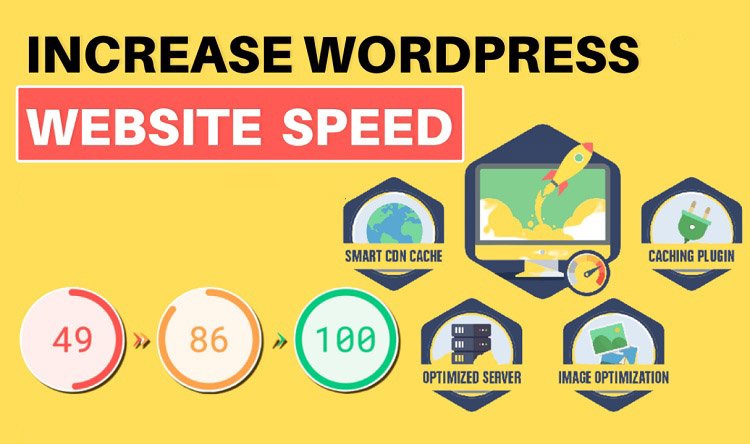Embarking on the journey to design a WordPress website is an exciting endeavor, but before diving into the creative process, it’s crucial to lay a solid foundation. Taking the time to plan and organize beforehand can save you countless hours and headaches later on. In this article, we’ll explore the essential steps to consider before starting the design phase of your WordPress website.

Step 1: Define Your Purpose and Goals
Clearly outline the purpose of your website and define your goals. Are you creating a blog, an e-commerce site, a portfolio, or a corporate page? Understanding your website’s primary function will guide design decisions and ensure a cohesive user experience.
Step 2: Identify Your Target Audience
Know your audience. Define your target demographic, their preferences, and the problems your website aims to solve for them. This information will influence design elements, content, and overall user engagement strategies.
Step 3: Conduct Competitor Analysis
Research competitors within your niche. Analyze their websites to identify design elements, functionalities, and content strategies that resonate with your target audience. This analysis can provide insights and inspiration for your own design.
Step 4: Create a Site Structure and Navigation Plan
Draft a sitemap outlining the structure of your website. Plan the main pages, categories, and navigation. A well-thought-out structure ensures a user-friendly experience and helps search engines understand your content.
Step 5: Choose a Suitable Domain Name and Hosting
Selecting a memorable and relevant domain name is essential. Choose a reliable hosting provider that aligns with your website’s needs. Consider factors such as server speed, security features, and customer support.
Step 6: Install WordPress and Essential Plugins
Set up your WordPress site on your chosen hosting platform. Install essential plugins for security, SEO, and performance optimization. Plugins like Yoast SEO, Wordfence Security, and W3 Total Cache can enhance your website’s functionality.
Step 7: Select a Responsive Theme
Choose a WordPress theme that aligns with your brand, is responsive, and suits your website’s goals. Consider customization options, user reviews, and theme updates when making your selection. Popular theme marketplaces include ThemeForest and the WordPress Theme Directory.
Step 8: Develop a Content Strategy
Craft a content strategy that aligns with your goals and resonates with your audience. Define the type of content you’ll produce, how often you’ll publish, and how you’ll engage with your audience. A well-defined content strategy contributes to a successful website.
Step 9: Optimize for SEO
Implement basic on-page SEO practices. Optimize your website’s structure, use SEO-friendly URLs, and focus on high-quality, relevant content. Plugins like Yoast SEO can guide you through this process and improve your site’s search engine visibility.
Step 10: Set Up Analytics
Install Google Analytics to track and analyze user behavior on your website. Monitoring key metrics will help you understand how visitors interact with your site, allowing for informed design and content decisions.
By diligently addressing these foundational steps, you set the stage for a WordPress website that not only looks great but also functions effectively and serves its intended purpose. Thoughtful planning and strategic decision-making at this stage contribute to a smoother design process and a more successful online presence in the long run.



